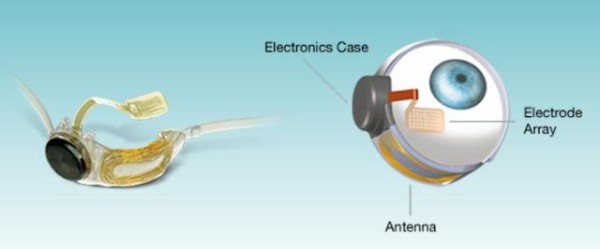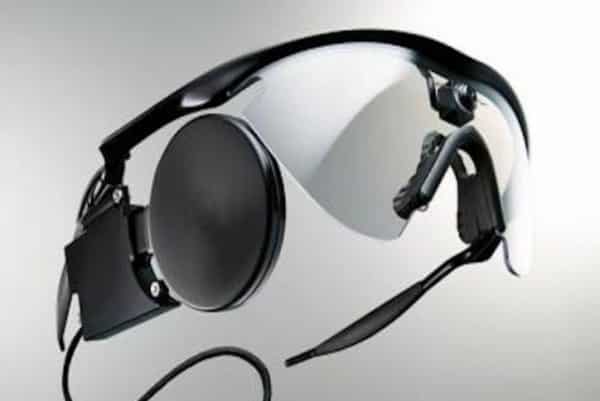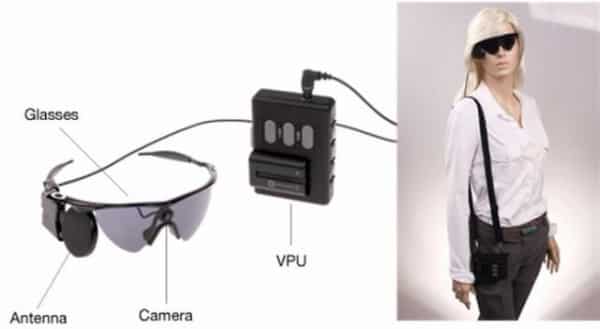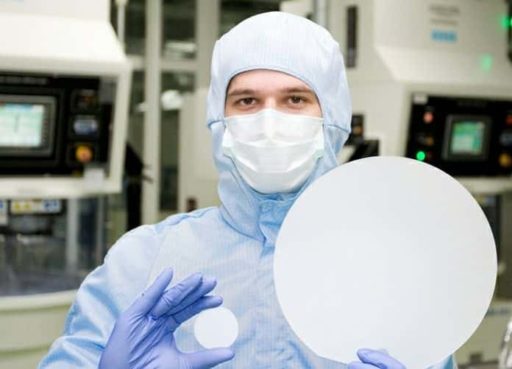Braille is a method of reading and writing text for the blind. But the bitter truth is, the outside world is something where Barille has little space. Hence, researchers have developed a new device that allows blind people to see words in Braille format by stimulating the light-sensitive part of the eye. In short, blind people will be able to read through Braille.
Blind people can read through Braille process. But we have already seen special gloves for deaf and blind people for which they can communicate with each other. We have also seen GPS enabled app specially made for blind people for transport. But the fact is blind people can’t read the signs or writings on streets for being blindness. A question hence raised, “If blind mice get a chance to see, then why not blind people?” So researchers at Second Sight, a company that tries to develop devices through which blind people can see, have modified a previous device, Argus II, through which blind people gets the ability to read. How? That’s really interesting and impressive.
The technology is quiet close to Bionic retina implantation that can restore vision of the blinds. The white portion of human eyes work as a receiver to pick up wireless signals and then transmit an array of electrodes attached to the surface of the retina. First, a blind man has to wear Argus II. This device has a camera attached to a pair of glasses, a small processor to convert the signal of the camera into electrical stimulation, and a microchip with electrodes attached directly to the person’s retina. When a blind people wears this modified Argus II, the electrodes starts to stimulate nerve cells in order to relay the Braille patterns to the human brain. In other word, the signs on streets starts translating into letters and then translating those letters into Braille. After that the device sends those Braille letter directly onto a blind people’s eye and thus a blind people can read.
The device takes up to 10 seconds to convert a single letter and a minute to read a single word. Currently, it can only be used with words that are printed in a large font and held up close to a person’s face.
The technology has already been implanted on 50 patients and many of them can now see colors, shapes, and movements of letters/words. This invention has created a great hope in blind people and has been praised by all. Researchers are working on this technology for further improvement. If you are interested to know more about this technology, you can head over to the Frontiers in Neuroprosthetics journal, where the study has been published. Here’s a video for you.
Source : Second Sight
Thanks To : Medical Daily
[ttjad keyword=”best-selling-gadget”]






